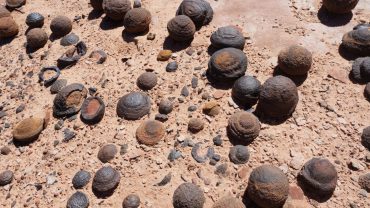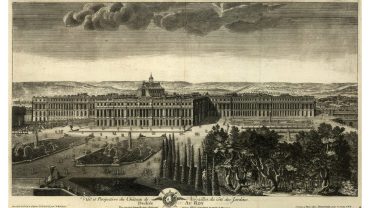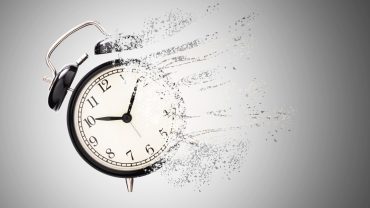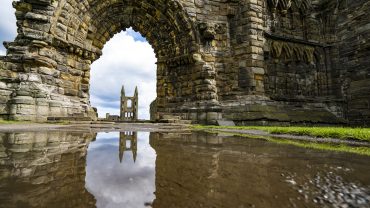John Cabot was born Giovanni Caboto in Genoa around or perhaps slightly earlier than 1450 and it’s believed he moved to Venice in 1461. There, he read of Marco Polo’s adventures along the Silk Road in the late thirteenth century and wanted to explore the wonderful cities in China, Persia, India and Japan for himself. Lands he believed were rich with gold, spices and exotic luxuries.
While he was working for a Venetian mercantile company in the early 1480s, he travelled to the eastern Mediterranean where goods from the East and West were freely traded. It was on these travels that he learned navigational skills and, it is assumed, he got the idea that a shorter route to Asia would be to go west from Europe.
Zuan Cabotto, the Venetian version of Giovanni Caboto, was mentioned in several documents in Venice in the 1480s. He married Mattea around 1481 and by 1484 they had three sons, Ludovico, Sebastian and Sancto.
John Cabot’s whereabouts over the next decade are a matter of conjecture. He may have fled Venice as an insolvent debtor around 1488 and possibly spent time in Valencia and Seville in Spain. He then came to England sometime in 1495 and went to Bristol.
Like Christopher Columbus, he believed the world was much smaller than it actually is, and he set sail from England in May 1497 believing he would find the silk and spices of Asia just a few thousand miles west. In fact he landed in North America.
The First Cabot Expedition

John Cabot (known in Italian as Giovanni Caboto) (Photo: UniversalImagesGroup via Getty Images)
Undertaking long expensive journeys in those days required funding and royal patronage and Cabot secured both.
The money came from a number of wealthy merchants in Bristol as well as from his Italian connections, most notably Brother Giovanni Antonio de Carbonariis, a Milanese diplomat and the Pope’s tax collector in England.
With the money secure, he needed the blessing of King Henry VII, who Cabot convinced by arguing that England didn’t have to stand by and watch idly while the Spanish explored the New World unopposed.
On March 5 1496 the king issued Letters Patent. This is a legally-binding document that allowed Cabot to set sail under the English flag. He was given the right to ‘discover and investigate whatsoever islands, countries, regions or provinces of heathens and infidels, in whatsoever part of the world placed, which before this time were unknown to all Christians.’
In the summer of 1496 he attempted the voyage. However, according to a contemporary report, a letter written by a Bristol merchant to – it is believed – Christopher Columbus, ‘he went with one ship, his crew confused him, he was short of supplies and ran into bad weather, and he decided to turn back.’
Cabot’s Second Voyage

John Cabot Arrives In Newfoundland, Canada (Photo: Stock Montage via Getty Images)
On May 2 1497, Giovanni Caboto – or John Cabot as he was now known – set sail from Bristol on a small ‘fifty tons burden’ ship called The Mathew with around eighteen men. This time the voyage would be a success.
They made landfall in North America on June 24, although the precise location has been disputed for five centuries. Some say they landed at the southernmost tip of Labrador on Newfoundland – so called, allegedly, as one sailor proclaimed a ‘new found land’ – others suggest Cape Breton Island on Nova Scotia or even the Maine coast.
When they went ashore, there was evidence of habitation but no people. John Cabot took possession of the land for King Henry VII, planting the flags of England and Venice.
Like Columbus who ended up in the West Indies, John Cabot believed, quite wrongly as it transpired, he had found the northeast coast of Asia.
Cabot and his men returned to Bristol in August 1497 with reports of an extremely successful voyage, but that wasn’t enough. He wanted to return, and this time he set his sights further. Much further.
The Mystery of Cabot’s Last Voyage
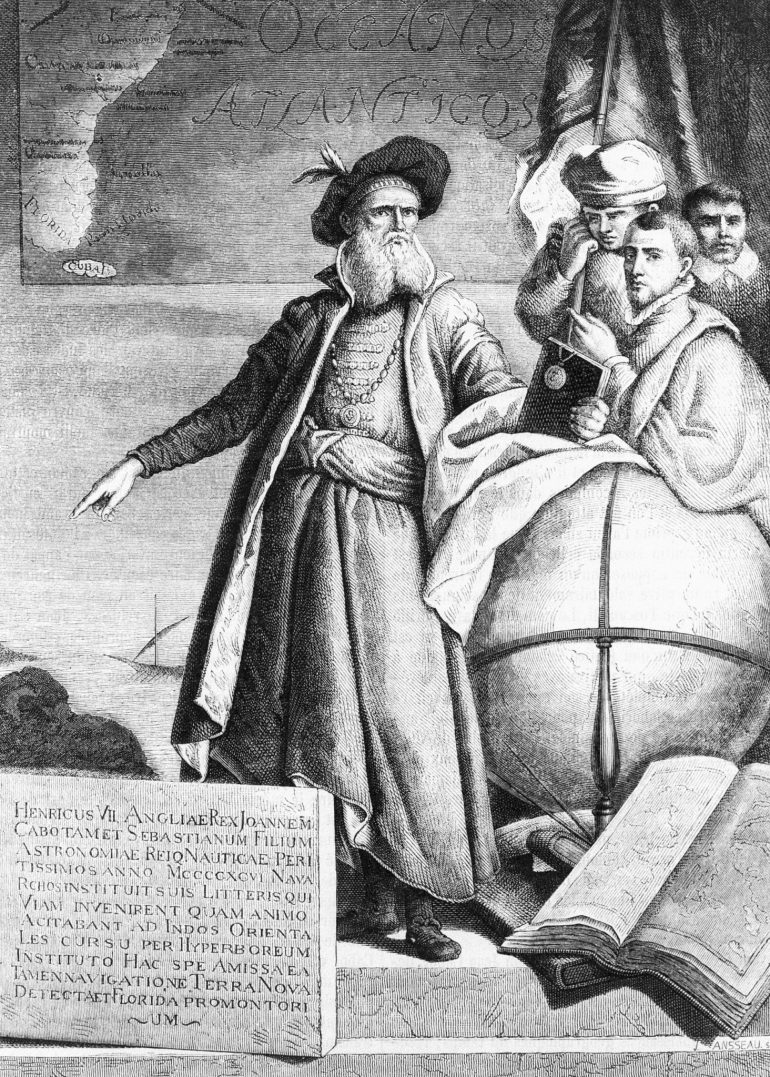
John Cabot is thought to have been lost at sea (Photo: Corbis Historical via Getty Images)
On February 3 1498, Cabot was issued with new Letters Patent from the king and soon after, left Bristol with five ships and around 300 men.
The aim was to retrace his previous steps but to continue west from his first landing point until he reached the island Marco Polo named Cipangu. Today we know it as Japan, and any modern world map will tell you that the journey west from Bristol to Japan is virtually impossible.
Whichever way he was planning to go, north via Canada or South around the southern tip of Chile, is in excess of 20,000 miles, in February, through the Arctic Ocean or the Southern Ocean… As we say, virtually impossible.
The five ships of Cabot’s last voyage were equipped with a years’ worth of food and supplies. It’s believed one ship got damaged and turned back to Ireland, with the others sailing forth into the unknown.
That’s the last that anyone recorded of Cabot’s final voyage. To this day, no-one knows what became of the ships or the men. Accounts vary as to what may have happened. Some say they were caught in a storm and all perished. Others suggest they made it to the continental USA and stayed there. Yet more suggest they all returned to the UK.
By 1500, John Cabot was presumed dead.
One of the men who was scheduled to sail in this final expedition, Lancelot Thirkill, was recorded as living in London in 1501. Maybe he went and came back. Maybe he didn’t go at all.
Did John Cabot Discover America?

Leif Erikson Exploring Greenland (Photo: Bettmann via Getty Images)
The short answer is no. Norse explorer Leif Erikson settled in Vinland – modern day Newfoundland – around 1000 AD and there were indigenous populations in what we now know as the United States from about 15,000 BC.
While he can’t lay claim to the discovery of America, the Cabot discoveries were historically important in that they laid the groundwork for English expansion into North American lands. In addition they established quicker and shorter routes across the Atlantic Ocean which facilitated the English colonisation of North America.

